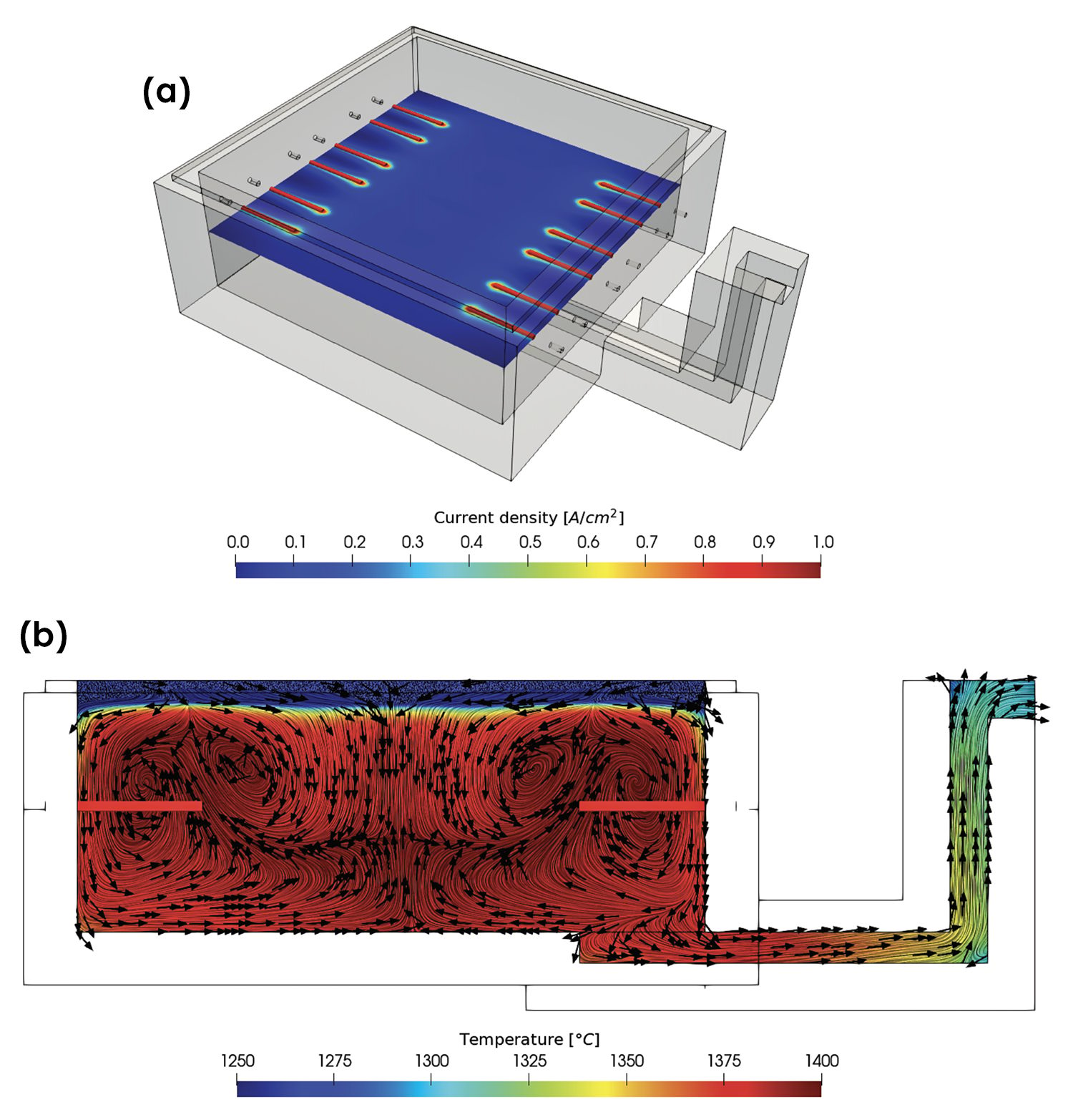Empowering sustainability:
The US glass industry charged to break barriers for a greener future
By Scott Cooper and Kerry Ward
bulletin | feature
A federally funded program led by the Glass Manufacturing Industry Council brings together key players to advance electric melting technology in the U.S. glass industry.
The glass industry, like many others, is under increasing pressure to reduce its carbon footprint and transition toward more sustainable manufacturing practices. One promising avenue for achieving this reduction is through the adoption of electric melting technology.
Electric melting offers potential reductions in carbon emissions of up to 90% compared to traditional fuel-fired furnaces, making it an attractive option for environmentally conscious glass manufacturers. However, despite its promise, widespread adoption of electric melting faces several challenges that must be addressed to unlock its full potential.
Electric melting has been known for decades and is already used in certain glass industry segments. Electric furnaces are particularly well-suited for the production of specialty glasses and smaller-scale operations (Figure 1). These furnaces reduce gaseous emissions, including NOx and SOx, and can use renewable electricity sources, making them an appealing option for manufacturers looking to reduce their environmental impact.


Figure 1. Electrification of the glass melting process offers a path to decarbonization for the glass manufacturing industry.
(a) An all-electric glass furnace passes current through the pool of molten glass through electrodes. The melter is about 5 m long x 5 m wide x 2 m deep and produces roughly 50 tons/day.
(b) Computational fluid dynamic models allow manufacturers to quickly assess performance criteria, such as temperatures and glass flow.
Credit: CelSian Glass USA
In recent years, advancements in electric melting technology made higher volume production possible, driving interest in its broader application across the glass industry. However, despite these advancements, the widespread adoption of electric melting in high-volume industry segments, such as container and flat glass manufacturing, is limited due to several technical and economic challenges. For example, efficiently producing dark-colored glasses in a reduced oxidation state is difficult because of intense foam during melting onset. A similar effect was noted in nuclear waste glasses, which are melted in cold-top, all-electric furnaces. Similarly, achieving high quality and maintaining furnace longevity are ongoing challenges that must be addressed to make electric melting a viable option for large-scale glass production.
To address these challenges and accelerate decarbonization in the glass industry, the Glass Manufacturing Industry Council (GMIC) proposed a research program to study innovative ways to overcome these barriers and advance electric melting technology. In January 2024, GMIC’s project was one of 48 selected by the U.S. Department of Energy to advance decarbonization in the industrial sector.
The program calls for $3 million in federal funding over three years for research. The project team consists of GMIC, CelSian Glass USA, TECO, RoMan Manufacturing, and Pacific Northwest National Lab (PNNL). The partnership with PNNL will create a unique opportunity for industry to exchange with the national lab, where decades of research into nuclear waste vitrification have advanced the state of electric glass melting technology. CelSian Glass USA will conduct lab testing and offer modeling capability at its new location in Toledo, Ohio. TECO will conduct furnace modeling and advise on design considerations. RoMan Manufacturing brings expertise in electrical power systems for the glass industry.
GMIC will convene an industrial steering committee of manufacturers to guide the project team, with results presented annually at the Glass Problems Conference, which this year will take place Sept. 16–19, 2024, in Toledo, Ohio. GMIC will also collaborate with the Ceramic and Glass Industry Foundation to create and distribute educational kits about glass technology, how glass products save energy, and ways to connect with local employment opportunities. These kits will be targeted at disadvantaged communities near glass processing plants. The project is anticipated to start in mid-2024.